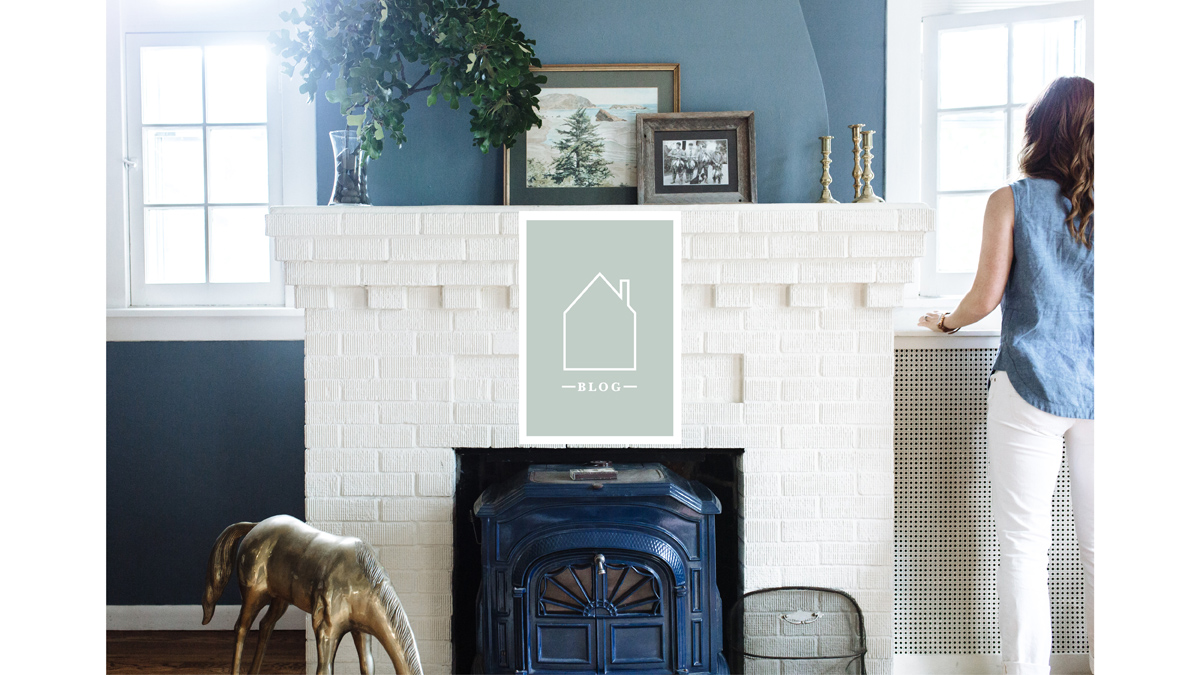in favor of a distinct room plan
Emily Oster
via about.com
Living in an old home, I have come to appreciate the value of having distinct rooms. And while yes, we are looking to start a renovation that will open our living room up to our back hall and kitchen, our first floor while remain four distinct spaces - kitchen, dining room, den and living room (we also have a back mud room which currently is just a dump space). We spend the majority of our time in the kitchen and living room but we also get really good use of our dining room and den. We have just a small bistro table in our kitchen so any time there is more than just the two of us, we use our big table. I also love the convenience of being able to fold laundry on it, spread out work or just drop things on it as we come in the back door. Our den gets the most use in the colder months making it more of our "winter room". It's where we put up our Christmas tree and where our wood burning stove is located. Its a great space to watch the fire or curl up and read a book. Down the road, I could see it becoming more of a cozy office/adult space when kids come into the picture. The draw of the living room is our TV and our new sofa which we are eagerly anticipating (especially because I am pretty concerned about it fitting through our front door). Each room has its own use and feel yet isn't so zoned off to only get used one or twice a year. I think for us this means we are in the right size of house. Its also a promotion for the distinct room plan which is almost never featured or designed these days.
In today's residential design world its all about the open floor plan - tearing down walls, creating full sight lines with one big space and no separation. And while, I understand the advantages of this approach - I question it. A few drawbacks I see are:
- an inability to create cozy, intimate spaces that draw people in
- a loss of usable space to circulation i.e. awkward dead space
- a greater infiltration of TV into daily life as there is basically no escaping it
- less encouragement for people to get involved in a particular activity (cooking, watching the fire etc.) because they can be in the same room but doing something else
- no privacy
- rooms outside of the "big open space" getting no use for example the dining room
These are just a few things that I have thought about and while it might seem that I am really hating on the open floor plan - I am more just trying to give pause and question what has become such an accepted trend. Some food for thought on this Monday....
Like this post? Check out wood stoves, antique home style or resource review: the distinctive floor plan.
 asdfsdf
asdfsdf



